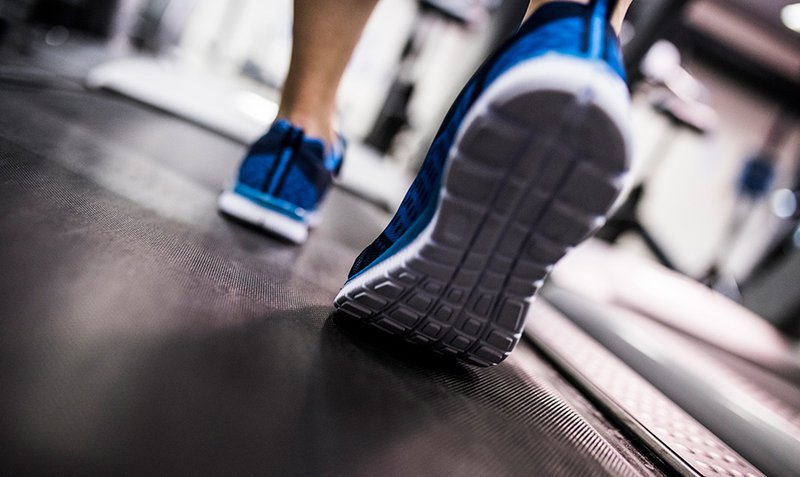Having a stress test go wrong or take twice as long as you expected is no fun for you or your patients. Communication is an essential tool, and providing practical instructions before and during the test can make a world of difference. Aside from the standard list of instructions, here are some additional tips to ensure your patient is prepared, comfortable, and knows what to expect.
One week before the stress test
- Patients coming directly from work may not be wearing clothes suitable for walking on a treadmill, especially one that will gradually increase in grade. Make a note to remind them to wear comfortable, loose-fitting workout clothes.
- Remind patients not to apply lotions or moisturizer on the day of the test.
- Make sure patients know to bring running shoes or at least comfortable shoes that are conducive to walking on a treadmill. No boots, loafers, sandals, heels, flip-flops, or other non-supporting shoes.
Before the test begins
- Take the time to explain the treadmill to your patient. It’s important to remember that this might be their first experience walking on one. Let the patient walk on the treadmill to see how it rolls before you start the test.
- The location of your treadmill plays a role in how the test goes. Ideally, the treadmill should be positioned to look out a window, at a poster, or at a picture. Patients tend to look down at their feet, and giving them something to look at encourages them to keep their heads up and look forward.
- Talk to your patient about the symptoms they may experience during the test. Hip pain, knee pain, and muscle cramps can directly result from walking on the treadmill. Alerting patients that these are normal and common symptoms will minimize anxiety.
During the test
- Give your patient control of the test. Point out the e-stop and let them know they can use it if necessary. Maintaining some control will alleviate any anxiety about being unable to stop the test if they are in excessive pain or can’t continue.
- During the test, give your patient advance notice of the stages. As you increase the speed and grade every 3 minutes, let your patient know, so they feel more comfortable anticipating the changes.
- Encourage your patient along the way. Tell them you’re looking to see how long they can stay on the treadmill or if they can reach a specific target heart rate. Having a goal to attain helps the overall results.
- At the end of the procedure, gradually decrease the treadmill’s speed until it stops. Let your patient stand static on the treadmill for a moment or two to minimize dizziness.
While these simple tips aren’t groundbreaking, incorporating them into your process can improve the experience for you and your patient. Either way, you’re delivering better quality service to your patients, and that is what matters.




